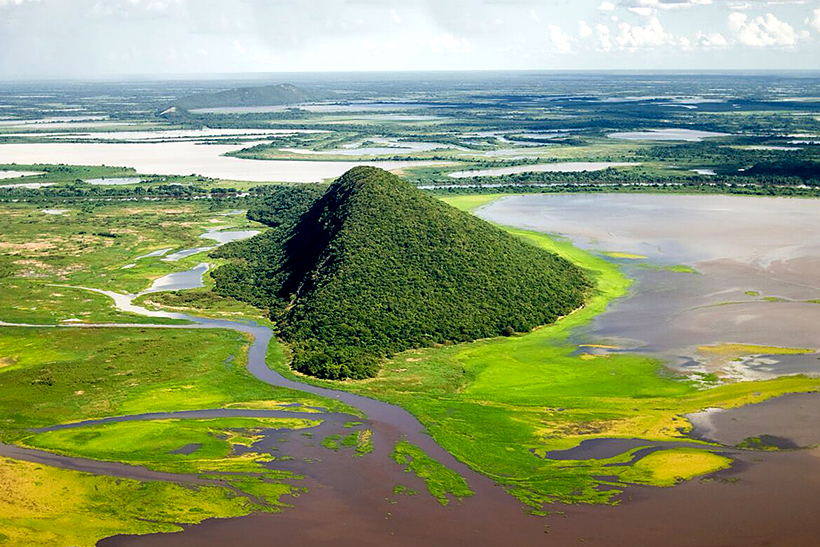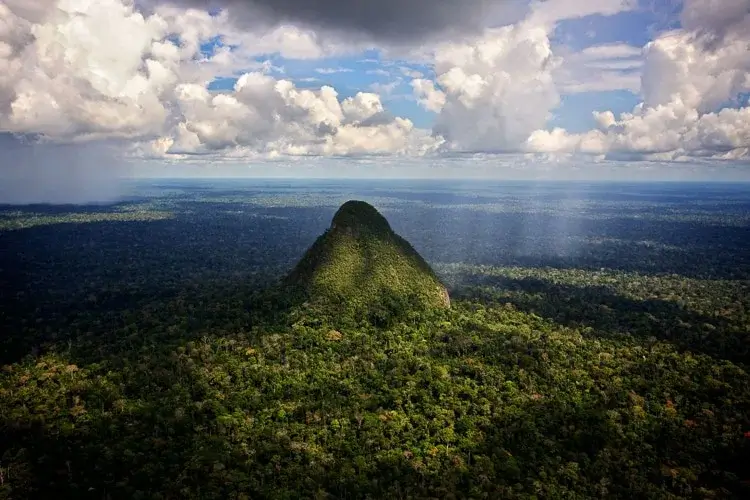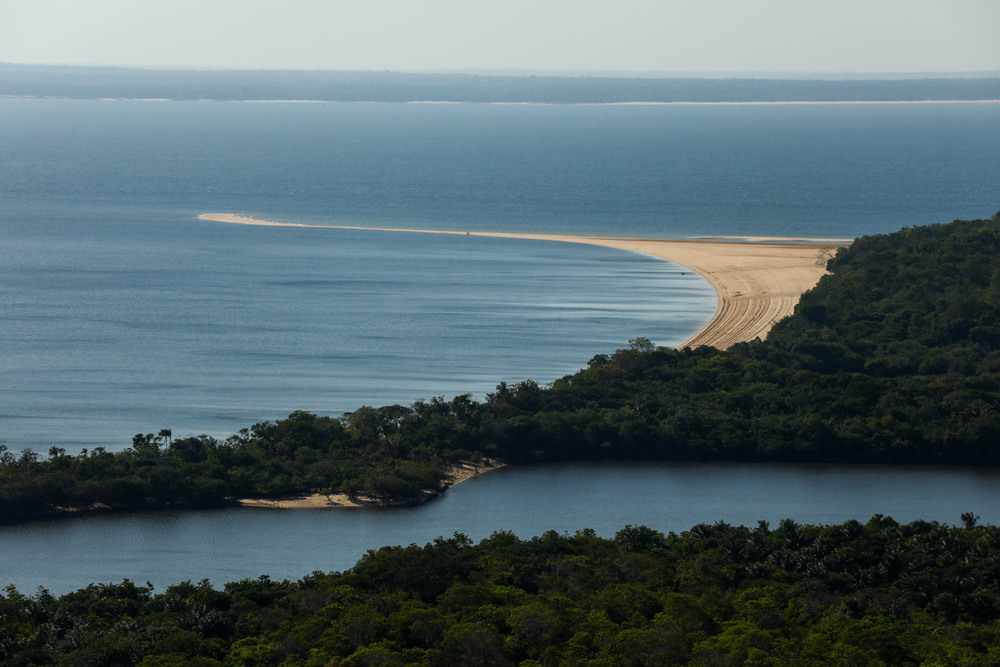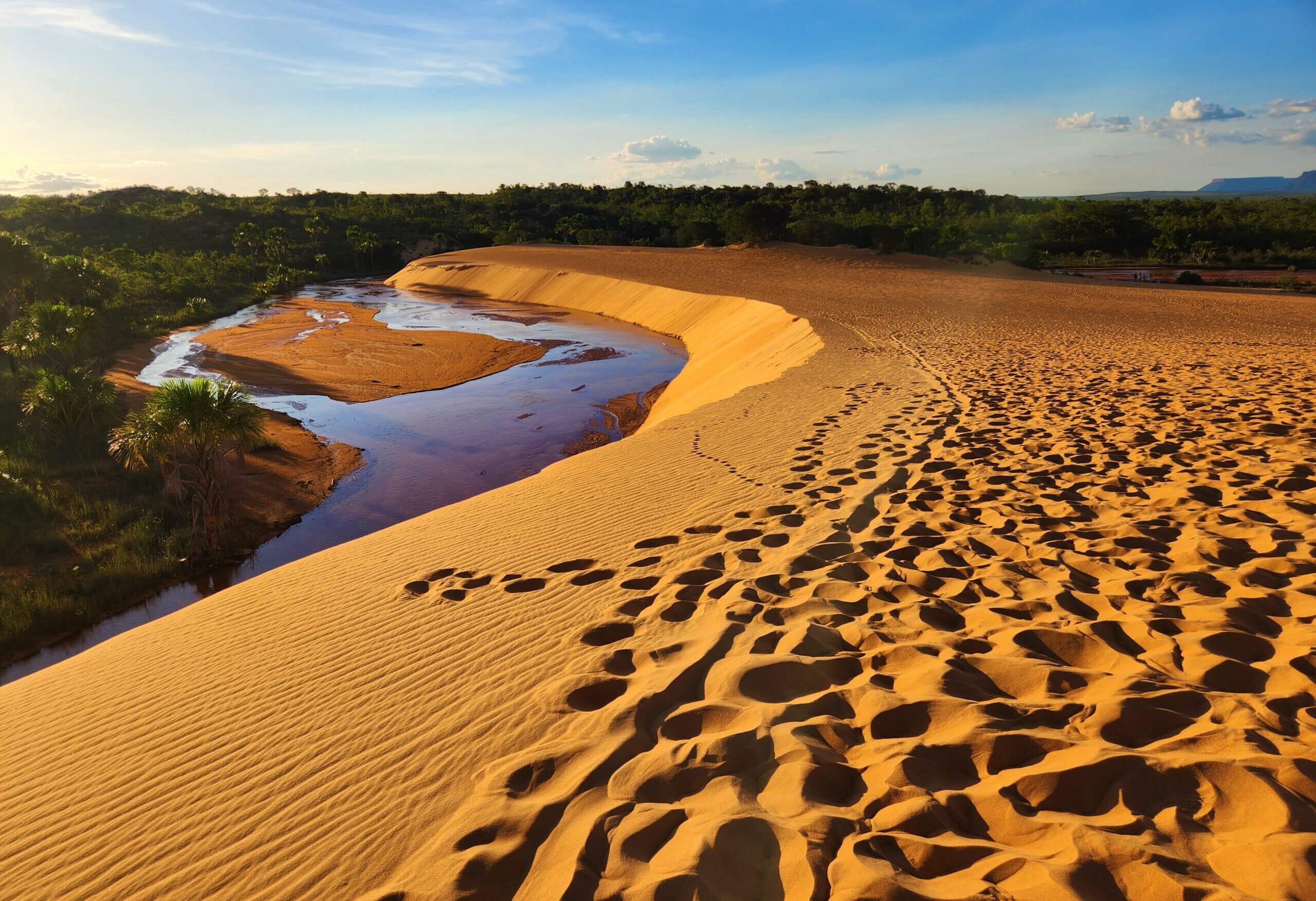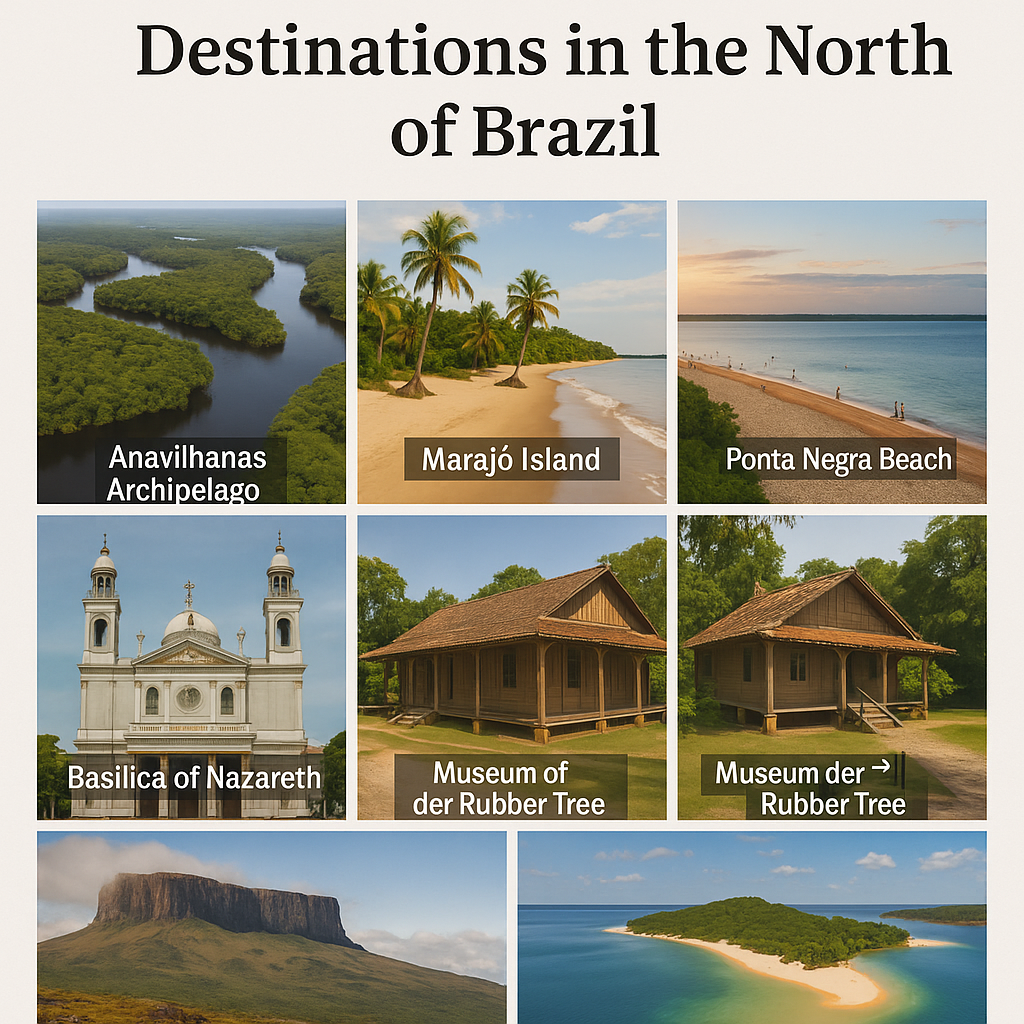The Pantanal de Cáceres, located in the state of Mato Grosso, Brazil, is one of the richest and most fascinating ecosystems on the planet. With its vast flooded plains extending to the border with Bolivia, the Pantanal offers one of the most extraordinary photographic experiences for those looking to capture wildlife, natural beauty, and the immensity of Central Brazil.
This natural paradise, in addition to being a hotspot of incredible biodiversity, is the perfect destination for photographers looking to record magical and unique moments in a grand and relatively unexplored setting.
Pantanal de Cáceres: A Hidden Gem
Cáceres, a city strategically located in the Pantanal region, serves as the gateway for anyone looking to explore this immense territory of untamed nature. This destination is renowned for its breathtaking landscapes and rich fauna, with highlights including species such as jaguars, caimans, capybaras, and a wide variety of exotic birds.
Main Photographic Attractions in Pantanal de Cáceres
- The Meeting of Waters: The Pantanal is one of the largest inland water systems in the world, with rivers, lagoons, and channels interwoven in a visually stunning spectacle. The convergence of waters, especially at the start of the rainy season, offers photographers an excellent opportunity to capture perfect reflections and the transition from land to water.
- Wildlife: The biodiversity of Pantanal de Cáceres is unmatched. With numerous parks and nature reserves nearby, the region is ideal for photographing wildlife in its natural habitat. Jaguars, for example, are one of the main attractions. Capturing moments of hunting, animal interactions, and even rare bird species, like the tuiuiú (symbol of the Pantanal), are common scenes that captivate photographers.
- Pantanal Sunset: The sunset in Pantanal de Cáceres is considered one of the most beautiful in Brazil. As the sun sets, the sky transforms into a palette of colors ranging from oranges and reds to golds, creating the perfect backdrop for stunning photographs. The reflection of the light on the water and the presence of animals on the horizon make this one of the best photographic opportunities in the region.
Tips for Photographers in Pantanal de Cáceres
- Ideal Equipment: The Pantanal is a region with great diversity of fauna and flora, so it’s important to have a camera with good zoom capabilities, especially for capturing animals in motion. Long-range lenses, such as 200mm or 300mm, are essential for wildlife shots at a distance. Additionally, a sturdy tripod for long exposure shots and a polarizing filter to avoid unwanted reflections can be very helpful. Protection against moisture and dust should also be considered due to the humid environment and the large amounts of mud in the region.
- Best Time to Visit: The best time to photograph Pantanal de Cáceres is during the dry season, from May to September, when animals tend to concentrate around water sources. The rainy season, from October to April, brings spectacular landscapes but may make access to certain areas more difficult. Photographers should be prepared for logistical challenges during this period, but the visual impact of the rain on the landscapes makes it worth the effort.
- Respect the Environment: When photographing in Pantanal de Cáceres, it’s essential to follow sustainable tourism practices. Avoid getting too close to animals, respect the trails, and ensure that no waste is left behind in the visitation areas—basic rules to preserve this unique ecosystem.
Conclusion
Pantanal de Cáceres, on the border with Bolivia, is a perfect destination for photographers who wish to capture wildlife and the unique beauty of one of the planet’s largest biomes. With its vastness, biodiversity, and breathtaking landscapes, it is an ideal location to explore and document nature in its purest and most impressive form. If you’re passionate about nature photography, Pantanal de Cáceres will undoubtedly become one of your favorite destinations.
